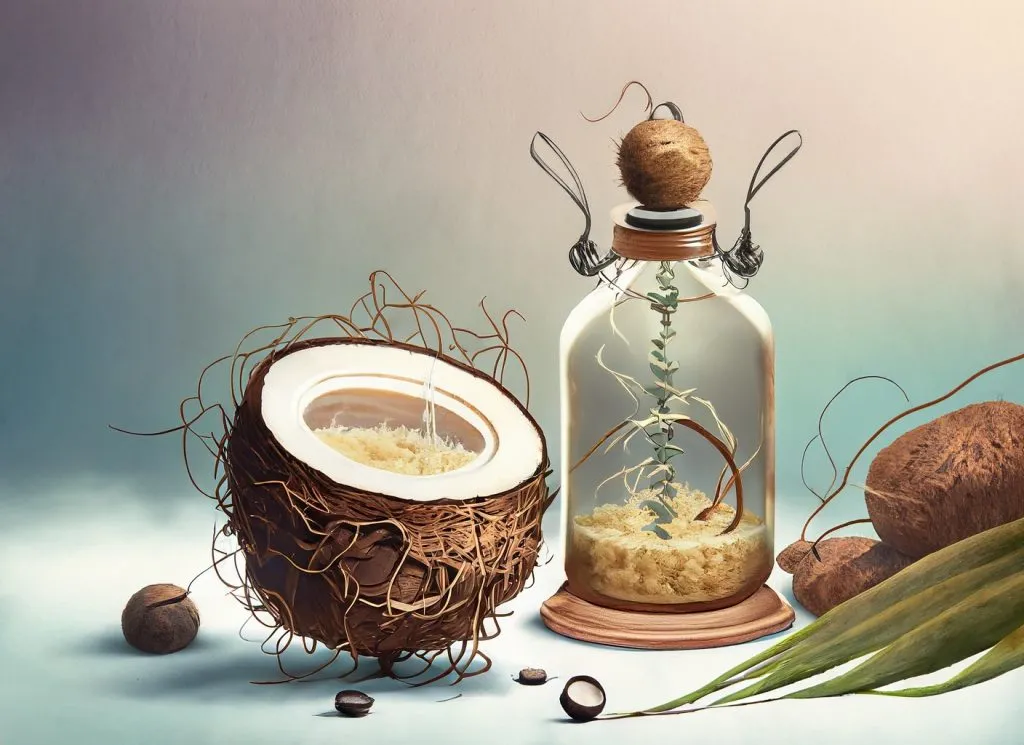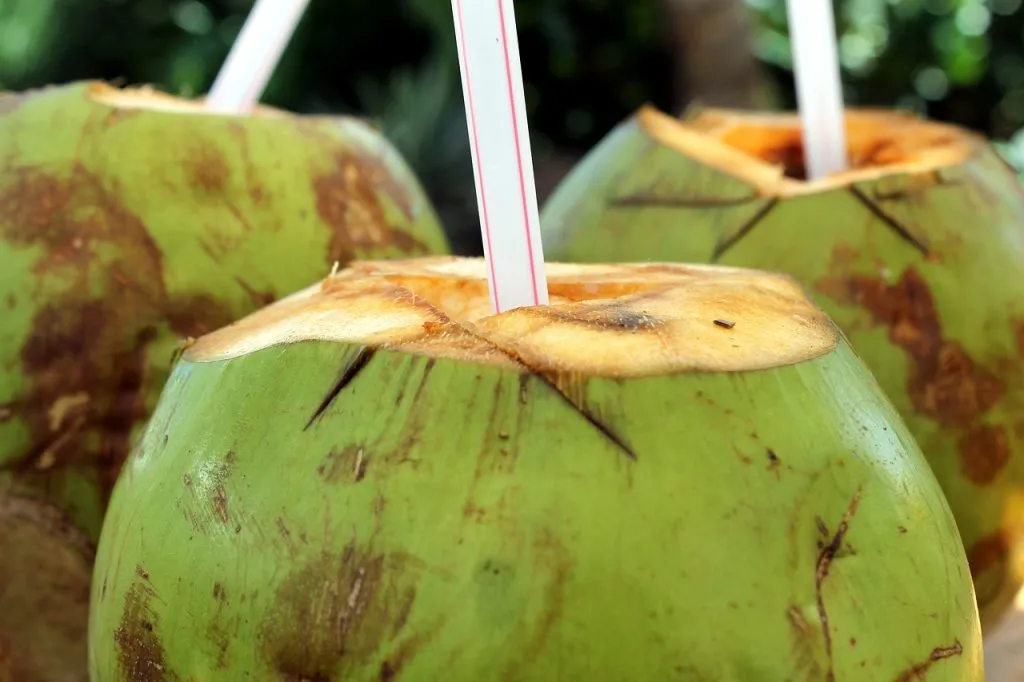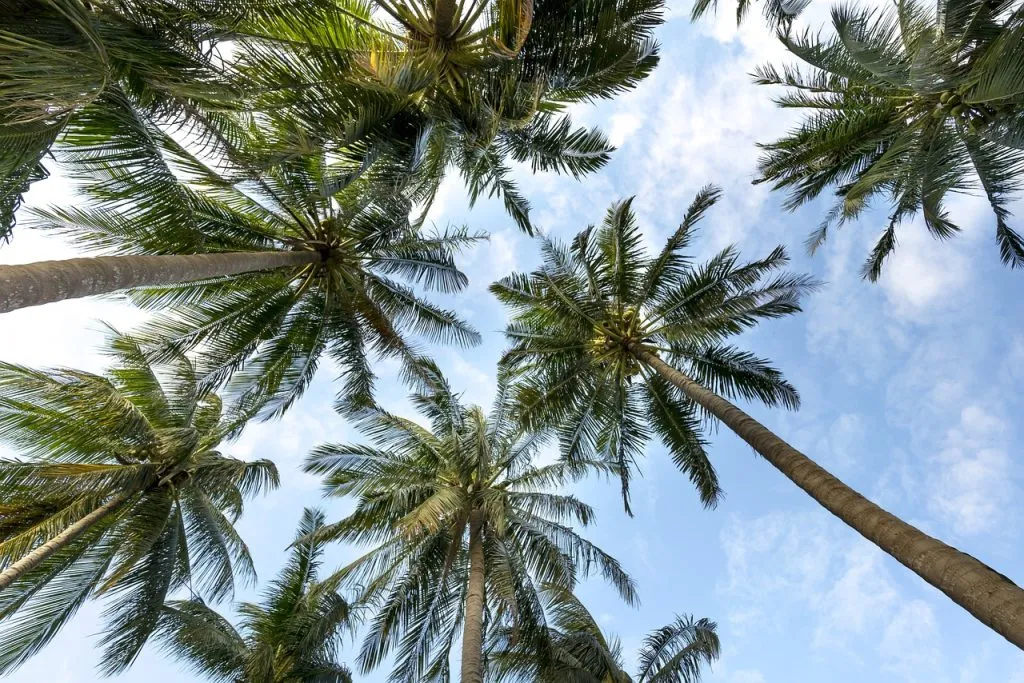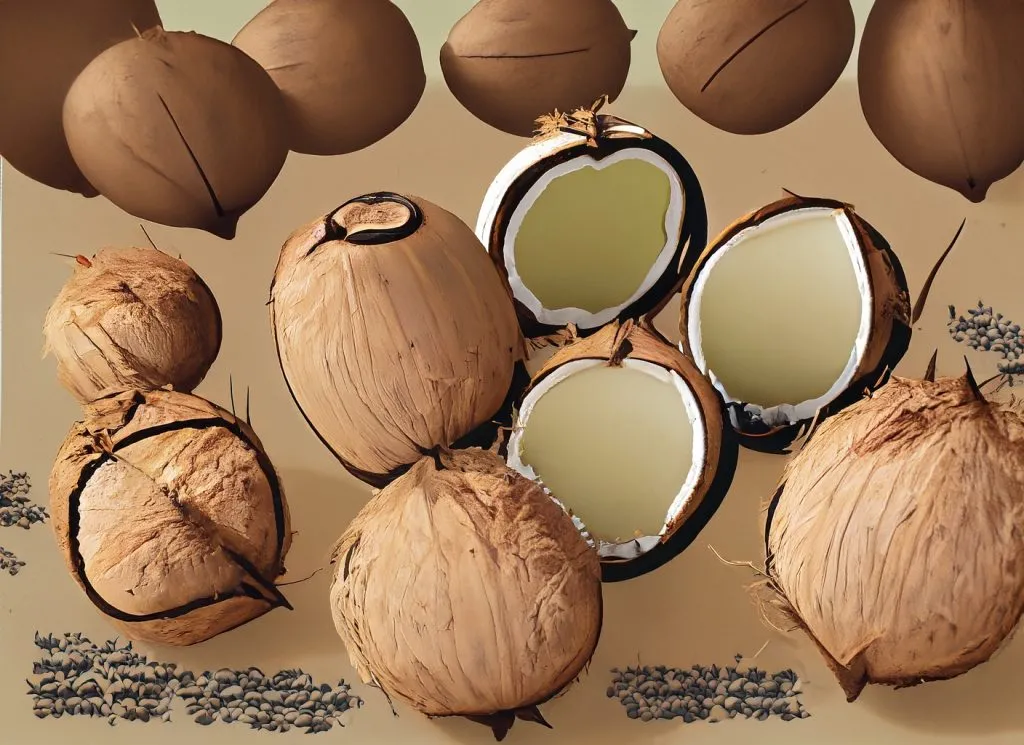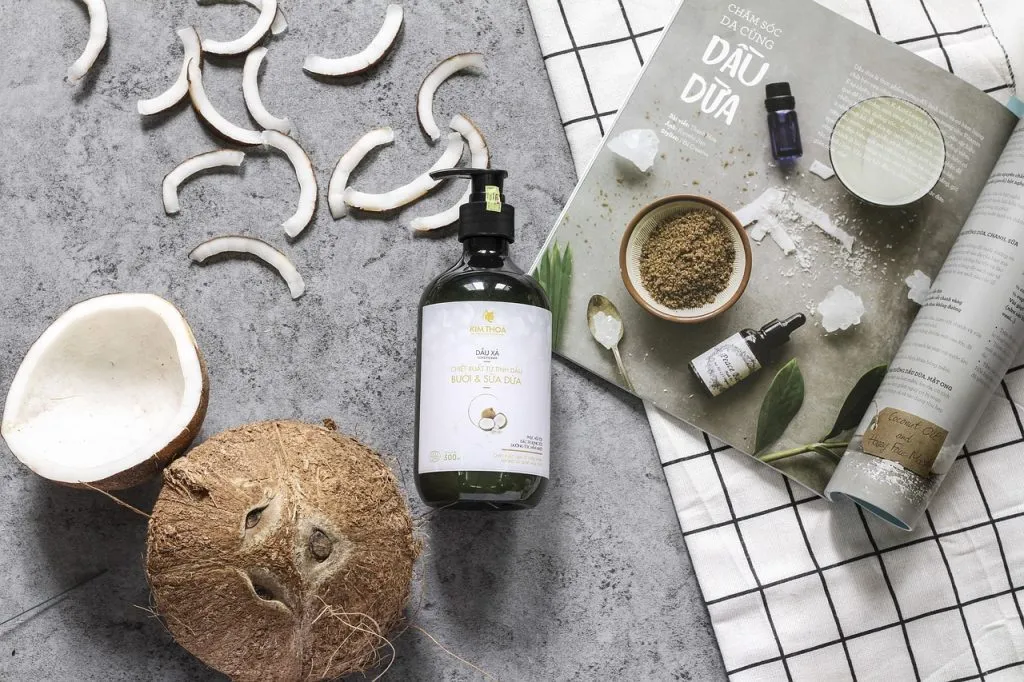Seed Insights
The coconut, hailed as the “tree of life” in many cultures, is a multifaceted fruit known for its wide array of applications. But at its core—quite literally—is the coconut seed, a topic of intrigue and wonder. As we delve deeper into understanding this seed, we uncover the myriad mysteries and facts surrounding it.
What is a Coconut Seed?
The coconut seed is the innermost part of the coconut, protected by multiple layers. When we think of a coconut, the image that typically comes to mind is the hard, brown, hairy shell. However, this is merely the endocarp or the inner shell. The actual seed lies within. When a coconut is young, the seed is filled with a nutrient-rich water and is surrounded by a soft, sponge-like meat called endosperm. As the coconut matures, this water and soft flesh begin to form the solid white meat we are familiar with, and the seed becomes more defined. This seed plays a crucial role in giving birth to a new coconut tree, continuing the cycle of life for this versatile plant.
Benefits of Coconut Seed
The coconut seed, often referred to in its mature form as the coconut itself, is a powerhouse of nutrition and offers a plethora of benefits:
- Nutritional Value: The coconut seed is rich in essential vitamins and minerals, especially potassium, magnesium, and calcium. Its water is isotonic and has electrolytes, making it an excellent hydrating agent.
- Healthy Fats: The coconut meat derived from the seed contains medium-chain triglycerides (MCTs), which are believed to be metabolized differently than other saturated fats and may have health benefits.
- Antioxidant Properties: Coconuts contain phenolic compounds, which are antioxidants that help protect the body against oxidative stress and potential damage from free radicals.
- Medicinal Uses: Traditional medicine has long utilized coconut seeds for their healing properties. The oil derived from coconut meat, for example, is used for wound healing, as a moisturizer, and even for oral health in practices like oil pulling.
- Culinary Versatility: Beyond its direct health benefits, the coconut seed’s byproducts, like coconut meat, milk, and oil, play pivotal roles in global cuisines, especially in tropical countries.
How to Grow a Coconut from Seed
Growing a coconut tree from its seed can be both an exciting and rewarding endeavor. Here’s a step-by-step guide:
- Choosing the Seed: Start by selecting a mature coconut that still has its husk on. A good sign of maturity is the presence of water inside when shaken.
- Preparation: Soak the coconut in water for 2-3 days. This softens the husk and prepares the seed for planting.
- Planting: Dig a hole in well-draining soil, deep enough to accommodate half the coconut. Place the coconut in the hole with the pointed end facing down and the end that was attached to the tree facing up. Cover it with soil, leaving a portion of the top exposed.
- Watering: Keep the soil consistently moist but not waterlogged. The coconut requires a humid environment to germinate.
- Germination: In about 3-6 months, you’ll notice a shoot emerging from the top of the coconut. As it grows, roots will also begin to develop, anchoring the coconut in the soil.
Growth Time
From planting to bearing fruit, a coconut tree takes approximately 5-6 years in optimal conditions. Factors like soil quality, climate, and proper care play crucial roles in determining the growth rate.
How Does a Coconut Seed Grow?
The initial shoot from the coconut seed grows upwards, forming the tree’s main stem and leaves. Concurrently, roots push downward into the soil. As the tree matures, it begins to flower, eventually leading to the formation of new coconuts. The life cycle of a coconut tree is quite long, with trees producing fruit for up to 80 years in favorable conditions.
What Does a Coconut Seed Look Like?
At its early stages, the coconut seed is enveloped by its husk and is not distinctly visible. However, once the husk starts decaying or is removed, the seed’s appearance is more akin to what most recognize as a coconut: a hard, brown, spherical shell. Upon cracking open this shell, one finds the white, edible part called the “coconut meat” or “endosperm”, and the coconut water inside. In germinating coconuts, one might also observe a spongy mass inside, known as the “coconut apple” or “queen’s candy”. This is essentially the developing embryo of the coconut.
Where is the Seed in a Coconut?
The seed is situated inside the hard, brown shell of the coconut. To access it, one must first remove the outer fibrous husk. Once the husk is taken away, the familiar form of the coconut becomes apparent. The part we often think of as the coconut (the round, hairy, brown object) is, in fact, the seed’s protective shell. Inside this shell is where the seed (or the endosperm) develops and matures.
Summarizing the Potential
The coconut seed, often overlooked in favor of the more immediate benefits of its meat, water, and oil, holds within it the remarkable potential of life. Its ability to give rise to towering coconut trees, which in turn provide sustenance and economic support to millions globally, cannot be understated.
Broader Implications for Agriculture and Ecology
Coconut trees, stemming from these humble seeds, play a pivotal role in tropical ecosystems. They prevent soil erosion, provide habitat for various fauna, and are integral to many coastal and island communities’ livelihoods. Their resilience to salinity also means they can thrive in areas where other crops might fail.
Looking Forward
As we continue to understand the intricacies of plants and their life cycles, the coconut seed stands as a testament to nature’s ingenuity and adaptability. Whether you’re considering planting a coconut tree in your backyard or are just curious about the origins of your favorite tropical fruit, the journey of the coconut seed from a sheltered core to a fruit-bearing giant is truly a marvel of nature.
Thank you for exploring the fascinating life cycle and potential of the coconut seed. Every bite of coconut or sip of its refreshing water can now be appreciated with a deeper understanding of its origins and growth.

